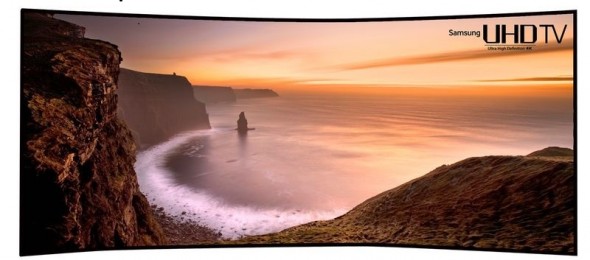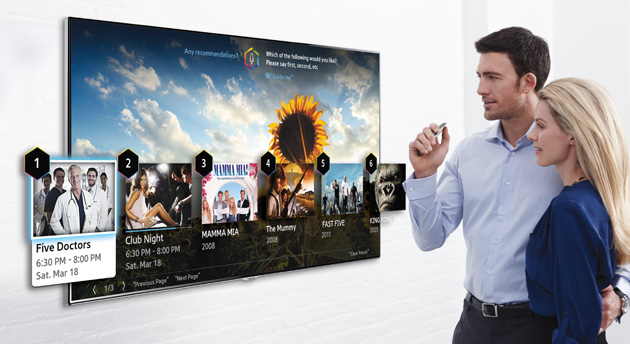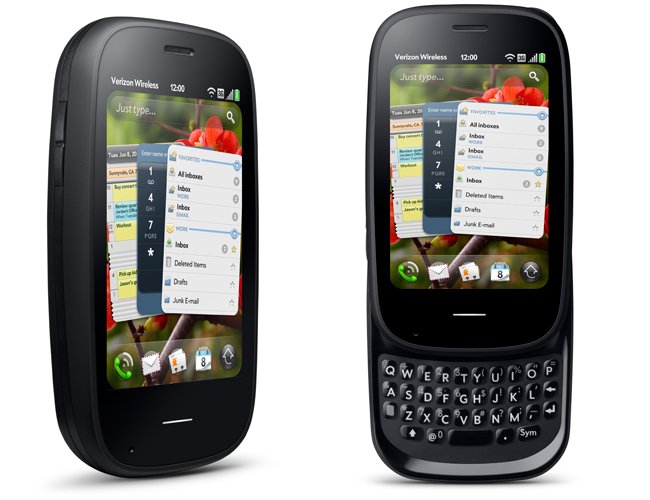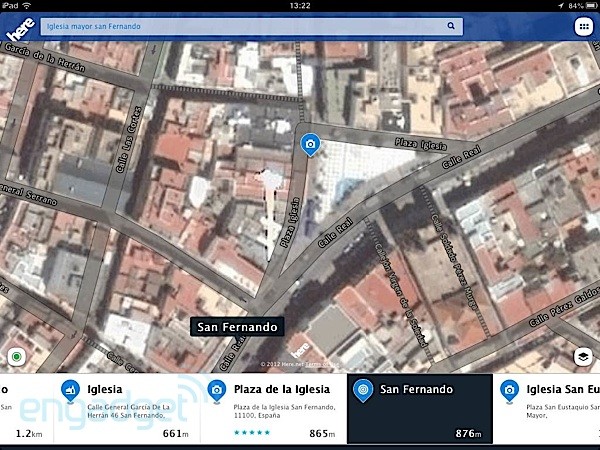Observatorio tecnológico del 23 al 29 de diciembre

The 105-inch TV set that Samsung will present at CES in Las Vegas next January 7 will offer the best television experience currently available on the market from any angle, according to the company's announcement posted on its Samsung Village blog. The latest development is a curved TV set with UHD TV (Ultra High Definition TeleVision) technology, which had already been featured at the last IFA trade show, but with a 105-inch screen, making it the world's largest device of its kind. The TV set works with a new proprietary Samsung image quality algorithm that provides optimized colors and a greater sense of depth; in addition, the device features a curved screen which offers an unrivaled immersive experience. It provides twice the number of bright images when viewed from the side and offers a unique display experience from any angle. The TV set also features the Quadmatic Picture Engine technology, which reproduces the images in UHD quality irrespective of the source. The device has a resolution of 11 million pixels (5,120 x 2,160) and a 21:09 aspect ratio. The world's largest UHD TV set will be on display as one of the company's main innovations at the CES trade show, which will be held on January 7-10, 2014 in Las Vegas.

It is now clear that Samsung will be committed to TV sets in 2014. But the Korean brand is not going to settle for breaking the barriers of size and overcoming the difficulties of technological development: it wants to revolutionize the way in which users interact with their TV sets. It is true that many brands have taken their first steps in this regard, and even the manufacturer itself has experimented in the past with controlling its TV sets through gestures and voice commands. But the Korean giant has more ambitious plans for 2014, a year when it will use something much more precise than hand gestures: our fingers. The users will be able to use their fingers to switch channels, control the volume and even pause a movie. The usual operations we do with a remote control, but using our fingers instead. The idea is to manage TV content in a much more intuitive and efficient way by using voice commands, gestures and fingers. We will see if they finally manage to do so.

With the PC market now moving toward tablets and smartphones for many tasks that until now required a computer at home, HP could once again be thinking about launching a smartphone. Following the fiasco of Web OS, the company already gave some indications in this regard in 2012 when its CEO Meg Whitman stated clearly that they needed a smartphone. In the end nothing came out of it and the company announced that this new HP terminal would not be launched in 2013, although their intention remained intact. And it appears that this may be the case, according to The Information, which has revived this rumor. Will HP bring a surprise in 2014? Windows Phone and its strategic partner Microsoft would not object to this decision, but it seems that HP will opt for a combination we will see very often next year: a large phablet-type terminal, affordable (for emerging markets) and, of course, with Android.

It is the end of Here Maps on iOS, at least for the time being. A Nokia spokesperson has confirmed to Indian Express that the company has taken the decision to withdraw its maps app from Apple Store due to problems with iOS 7. More precisely, the Finnish company has stated that the latest changes made to the Cupertino mobile operating system "adversely affect the user's experience", and has decided to withdraw its solution from the range of apps available for iOS. As you will no doubt remember, Here Maps became a popular alternative at a critical time for Apple when Google decided to pack its bags (seemingly with the intention of not returning) and the iOS solution itself proved not to be up to the challenge. Even so, Nokia has reminded its affected followers that they can continue to use its maps via the web by accessing the service's mobile edition (m.here.com). Is it really a matter of usability problems, or could it be a strategic move by the brand?

Christmas shopping has once again shown that iOS users seem to be much more inclined to spend money from their iPhones and iPads than Android users. The latest report by IBM Analytics shows that the percentage of online sales made from iOS mobile devices was five times the figure for Android, with 23% of purchases compared with 4.6% for the Google mobile platform. While iOS users spent on average 93.94 dollars on those purchases, Android users spent 48.10 dollars per purchase. The traffic generated on shopping sites was also higher for iOS (32.6%) than for Android (14.8%). The data refer to the United States only, where iOS still has a more than respectable market share, even though Android continues to be the leader. Even so, the question is clear: why do Android users not use their devices as often for shopping? The reflection is also logical: developers will continue to stand behind iOS despite its lower market share because it has repeatedly been shown that this platform's users seem more willing to invest, not only in apps, but also in online shopping from their cellphones.
